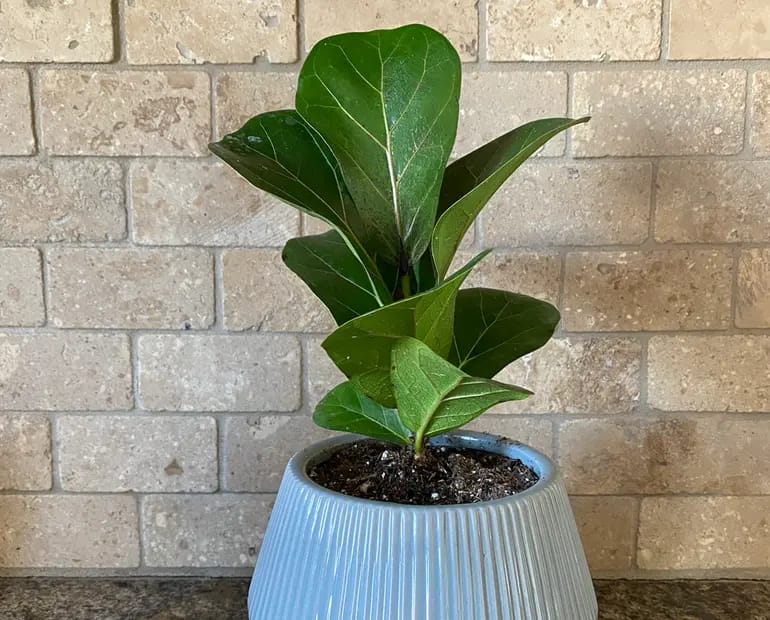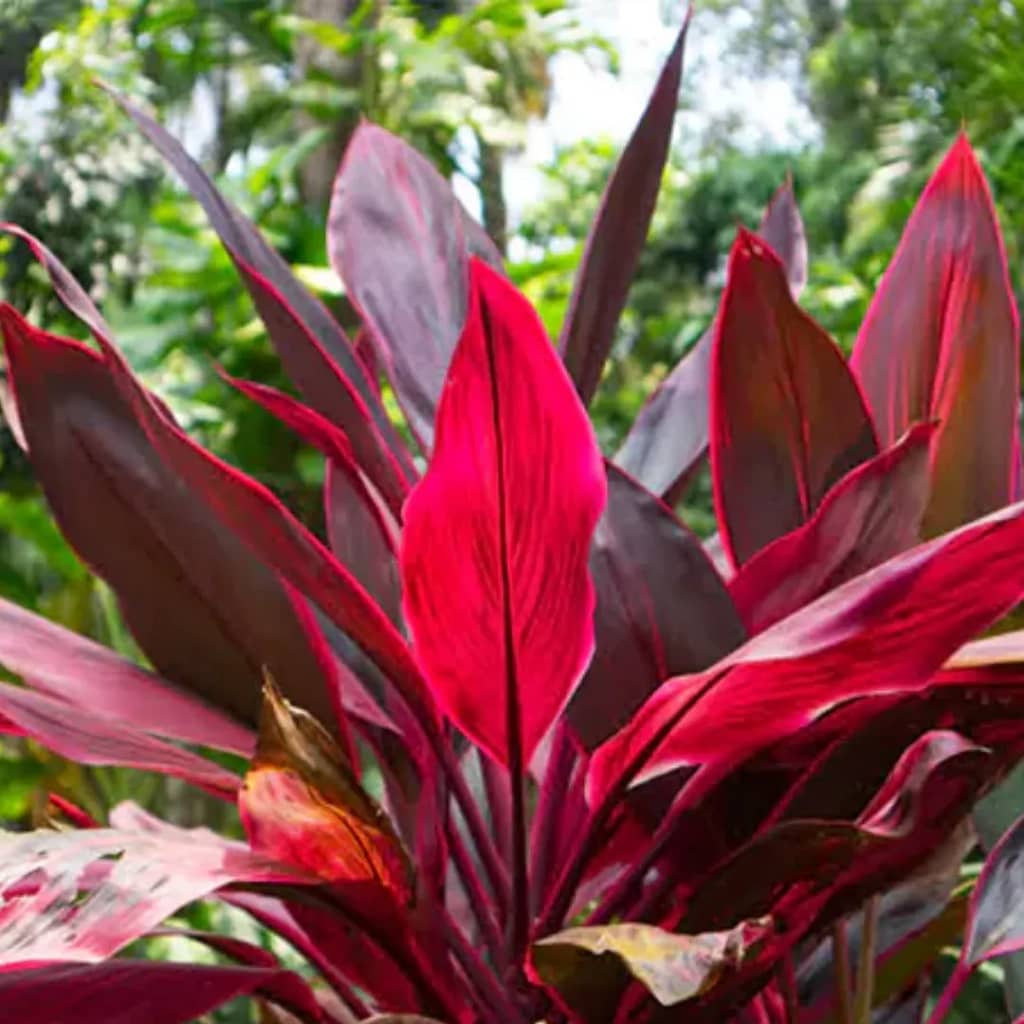Are you looking to transform your living space with the beauty of nature? Large indoor plants can be the perfect solution to add a touch of greenery and elegance to your home. Not only do they enhance the aesthetic appeal, but they also improve air quality and create a calming environment. In this article, we’ll explore the top 10 large indoor plants that are easy to care for and make a statement in any room. Whether you’re a seasoned plant parent or a beginner, these plants are sure to thrive in your indoor space.
Table of Contents
| 1. | Introduction |
| 2. | 1. Fiddle Leaf Fig |
| 3. | 2. Monstera Deliciosa |
| 4. | 3. Rubber Plant |
| 5. | 4. Bird of Paradise |
| 6. | 5. Snake Plant |
| 7. | 6. Dracaena |
| 8. | 7. Areca Palm |
| 9. | 8. ZZ Plant |
| 10. | 9. Kentia Palm |
| 11. | 10. Swiss Cheese Plant |
| 12. | Conclusion |
| 13. | FAQs |
Introduction
When it comes to decorating your home, nothing beats the charm of large indoor plants. They bring life to dull corners, purify the air, and can even boost your mood. But choosing the right plants that are both beautiful and easy to care for can be a challenge. That’s why we’ve curated a list of the top 10 large indoor plants that will thrive in your home with minimal effort. Let’s dive in!
1. Fiddle Leaf Fig
The Fiddle Leaf Fig (Ficus lyrata) is a popular choice for its stunning, large, violin-shaped leaves. This plant is perfect for adding a dramatic touch to any room.
Care Tips:
- Light: Bright, indirect light
- Water: Water when the top inch of soil is dry
- Humidity: Prefers higher humidity
- Soil: Well-draining potting mix
For More Information About Fiddle Leaf Fig Click :- Fiddle Leaf Fig
2. Monstera Deliciosa
The Monstera Deliciosa, also known as the Swiss Cheese Plant, is loved for its unique, perforated leaves. It’s a statement plant that grows well indoors.

Care Tips:
- Light: Bright to medium indirect light
- Water: Water when the top few inches of soil are dry
- Humidity: Prefers high humidity
- Soil: Peat-based potting mix
For More Information About Monstera Plant Click :- UNVEILING THE MYSTIQUE OF MONSTERA: A GUIDE TO GROWING AND CARING
3. Rubber Plant
The Rubber Plant (Ficus elastica) boasts large, glossy leaves that can grow quite tall, making it a perfect large indoor potted plant.

Care Tips:
- Light: Bright, indirect light
- Water: Water when the top inch of soil is dry
- Humidity: Average indoor humidity
- Soil: Well-draining potting soil
For More Information About Rubber Plant Click :- MASTERING RUBBER PLANT CARE|BENEFITS
4. Bird of Paradise
The Bird of Paradise (Strelitzia reginae) is a tropical plant with striking, large leaves that resemble banana leaves. It can grow quite tall and is a showstopper in any indoor space.

Care Tips:
- Light: Bright light, including some direct sunlight
- Water: Keep the soil consistently moist
- Humidity: Prefers higher humidity
- Soil: Well-draining potting mix
For More Information About Bird of Paradise Plant Click :- ULTIMATE GUIDE TO GROWING AND CARING FOR THE BIRD OF PARADISE PLANT
5. Snake Plant
The Snake Plant (Sansevieria trifasciata), also known as Mother-in-Law’s Tongue, is a hardy plant with tall, upright leaves. It’s one of the best large indoor plants for beginners.

Care Tips:
- Light: Low to bright indirect light
- Water: Allow the soil to dry out completely between waterings
- Humidity: Tolerates low humidity
- Soil: Well-draining potting mix
For More Information About Bird of Snake Plant Click :- SNAKE PLANT (DRACAENA TRIFASCIATA) CARE BENEFITS
6. Dracaena
Dracaena plants come in various varieties, all with long, sword-like leaves. They are perfect for adding height and structure to your indoor garden.
Care Tips:
- Light: Low to bright indirect light
- Water: Water when the top inch of soil is dry
- Humidity: Prefers higher humidity but tolerates average
- Soil: Well-draining potting mix
For more Information about Dracaena click :- Dracaena
7. Areca Palm
The Areca Palm (Dypsis lutescens) is a beautiful, feathery-leaved palm that grows tall and lush indoors.
Care Tips:
- Light: Bright, indirect light
- Water: Keep the soil evenly moist
- Humidity: Prefers higher humidity
- Soil: Well-draining potting mix
8. ZZ Plant
The ZZ Plant (Zamioculcas zamiifolia) is known for its striking, waxy leaves and its ability to thrive in low light conditions, making it a great large indoor plant for darker spaces.

Care Tips:
- Light: Low to bright indirect light
- Water: Allow the soil to dry out completely between waterings
- Humidity: Average indoor humidity
- Soil: Well-draining potting mix
For More Information About Bird of Snake Plant Click :- ZZ PLANT: CARE, BENEFITS, DISEASES AND SOLUTIONS
9. Kentia Palm
The Kentia Palm (Howea forsteriana) is a classic indoor palm with graceful, arching fronds. It’s perfect for adding a touch of tropical elegance to your home.
Care Tips:
- Light: Bright, indirect light
- Water: Water when the top inch of soil is dry
- Humidity: Prefers higher humidity
- Soil: Well-draining potting mix
10. Swiss Cheese Plant
The Swiss Cheese Plant (Monstera adansonii) is another variety of Monstera, known for its smaller, yet still impressive, perforated leaves. It’s a wonderful choice for indoor spaces.
Care Tips:
- Light: Bright, indirect light
- Water: Water when the top few inches of soil are dry
- Humidity: Prefers higher humidity
- Soil: Peat-based potting mix
Top 10 Large Indoor Plants with Easy Care
FAQs
1. What are the best large indoor plants for low light? The Snake Plant and ZZ Plant are excellent choices for low light conditions. They thrive even in dimly lit spaces.
2. How often should I water my large indoor plants? The frequency of watering depends on the type of plant and its specific needs. Generally, it’s best to water when the top inch or so of soil is dry.
3. Can large indoor plants improve air quality? Yes, many large indoor plants can help improve air quality by filtering out pollutants and releasing oxygen.
4. What is the best soil mix for large indoor plants? A well-draining potting mix is essential for most large indoor plants. Adding perlite or sand can improve drainage.
5. How can I increase humidity for my indoor plants? You can increase humidity by misting the plants regularly, using a humidifier, or placing a tray of water near the plants.
Submit your review | |
Best article on the internet ever I have read. In this aeticle all the things are covered



